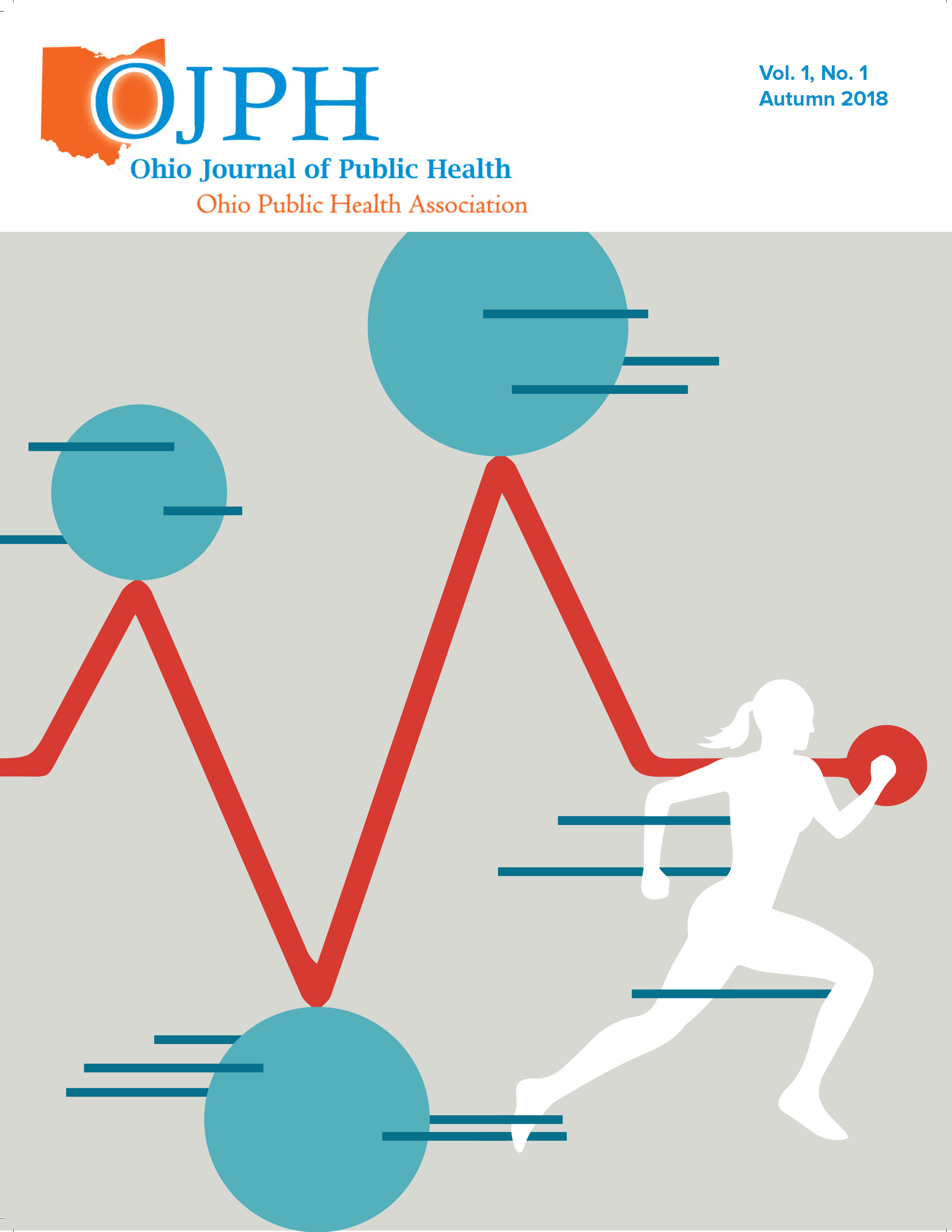Ohio providers’ practices and barriers to use of reproductive life plans and long-acting reversible contraception with patients and clients
DOI:
https://doi.org/10.18061/ojph.v1i1.9043Keywords:
pregnancy intent, reproductive life plan, long-acting reversible contraception, unintended pregnancyAbstract
Background: Creating reproductive life plans, assessing pregnancy intent, and discussing long-acting reversible contraception (LARC)
can reduce unintended pregnancies and promote women’s health before and between pregnancies. The primary objective of this study was to collect information from Ohio health workers on knowledge, use, barriers, and perceptions of reproductive life plans. Secondary objectives were to determine whether health workers systematically ask female clients/patients about pregnancy intent, include information on LARC when discussing contraceptive options, or encounter barriers to these practices.
Methods: A 13-item survey was sent electronically utilizing a snowball sampling design to Ohio Collaborative to Prevent Infant Mortality members and to nurses and providers working with women of reproductive age in Ohio who had current certifications listed in public access state licensure files. Chi-square tests were performed to identify associations between response to survey questions (yes/no) and respondent position (physician/advanced practice nurse/nurse).
Results: Four hundred fifty-two responses were analyzed; 81% were physicians, advanced practice nurses, or nurses. Among respondents, 47% indicated routinely asking all reproductive age females if they plan to become pregnant in the next year; 47% indicated knowledge of reproductive life plans; 28% reported using reproductive life plans with clients/patients; and 72% reported discussing LARC with clients/patients. Significant differences in these practices were seen based on respondent position. The most commonly reported barriers were provider attitudes/knowledge, client/patient attitudes, workflow disruption, and time.
Conclusions: Inconsistencies were seen in the delivery of these practices. There is a need for education about these practices and to
develop solutions to barriers.
Downloads
Published
Issue
Section
License
Copyright (c) 2022 Natalie DiPietro Mager, Brad Lucas, Michelle Clark, Molly Kelly, Patricia Gabbe

This work is licensed under a Creative Commons Attribution 4.0 International License.


